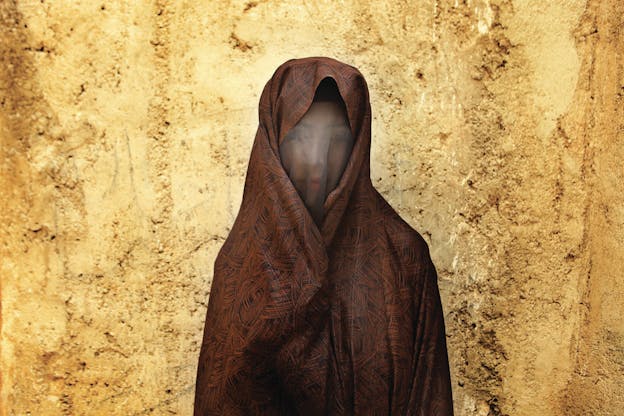Long coveted for its location along the Silk Road, the Afghan city of Herat sits at the confluence of cultures and contradictions. The city has seen more than its fair share of rulers: Alexander the Great and Genghis Khan in ancient times, the Taliban and Hamid Karzai more recently. Colorful evidence of past and present dots the city: The bright blue minarets of the fifteenth-century Jama Masjid mosque rise out of the dust, while smooth new roadways, paid for by neighboring Iran, crisscross the cityscape.
Less than 100 miles from the Iranian border, Herat is still intrinsically tied to its neighbor, which lost the territory in 1857 after the Anglo-Persian War. Today, its residents still speak a dialect of Iranian Farsi. These connections are what captivated Iranian photographer Tahmineh Monzavi, who has been documenting the lives of young women in the region for the past ten years.

As in Iran, daily life for women in Herat is a balancing act. Under Taliban rule, women were required to wear burqas in public. Today, women sheathed in the traditional blue fabric are still a regular sight, but since the Taliban left in 2001, simple headscarves are becoming more common. Nevertheless, in Herat, as in the rest of Afghanistan, child marriage is still pervasive. Almost one in five women nationally marry before age 15, and nearly 46 percent of girls are married by the time they are 18. Once a girl’s father accepts a marriage proposal, she is usually removed from school.
Walking in the back lanes of the city, Monzavi came across 18-year-old Somayeh and her husband. Following local custom, Monzavi asked for the husband’s permission in order to take Somayeh’s picture. “She was newly wed,” Monzavi said. The woman was wearing a chador over her hair, and a veil of thin silk covered her face, delicate enough for a hint of red lipstick to peek through—a modern touch in the midst of tradition.
For more from Tahmineh Monzavi, follow her takeover of the New Republic's Instagram later this month, @newrepublic.